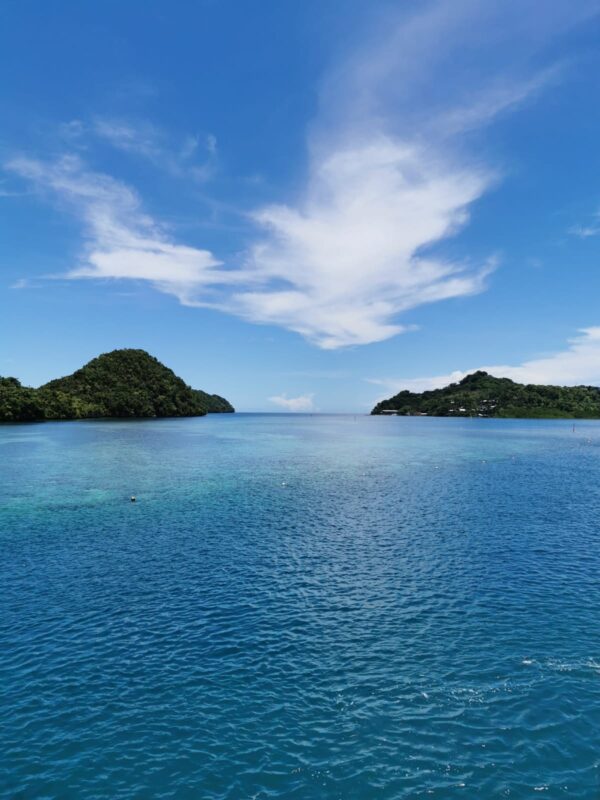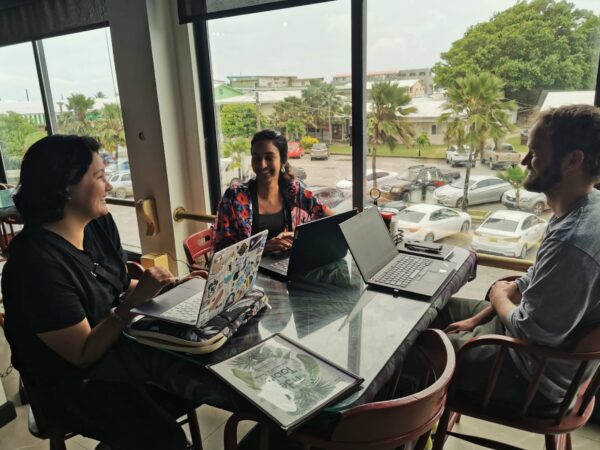The State of Mercury in the Pacific Region
 Under the Minamata Convention, individual countries are charged with protecting human health and the environment from the risks of mercury exposure by systematically controlling mercury emissions and releases, including phasing out the use of mercury in certain products and processes. Island nations in the South Pacific are committed to the goals of the Minamata Convention and are participating in the Pacific Regional Minamata Initial Assessment.
Under the Minamata Convention, individual countries are charged with protecting human health and the environment from the risks of mercury exposure by systematically controlling mercury emissions and releases, including phasing out the use of mercury in certain products and processes. Island nations in the South Pacific are committed to the goals of the Minamata Convention and are participating in the Pacific Regional Minamata Initial Assessment.
The primary activities of the MIA projects in the South Pacific include:
• A review of institutional and capacity needs for implementation of the Convention;
• An assessment of national regulations, policies, and legislation to assist with preparations for compliance with the obligations of the Convention; and
• An identification of the primary sources of mercury emissions and releases as part of a detailed National Mercury Profile.
The MIAs are conducted with financial assistance from the Global Environment Facility (GEF) and are implemented by the United Nations Environment Programme (UNEP). A Regional Pacific MIA involving eight Pacific islands is being executed by the Secretariat of the Pacific Regional Environment Programme (SPREP) while a National MIA Project is being co-executed in the Federated States of
Micronesia by Department of Environment, Climate Change, and Emergency Management.
Read the report here.
Watch “Managing Mercury in the Pacific – Mercury in the Home” here.
“Managing Mercury in the Pacific – Mercury in the Home” (Tuvalu language subtitles)
“Managing Mercury in the Pacific – Mercury in the Home” (Kiribati language subtitles)
Global Mercury Monitoring
 Biodiversity Research Institute (BRI) is working on several fronts to conduct and promote mercury biomonitoring across the globe. Biomonitoring is the process of assessing the health of organisms and ecosystems and tracking changes in mercury risk and exposure over time.
Biodiversity Research Institute (BRI) is working on several fronts to conduct and promote mercury biomonitoring across the globe. Biomonitoring is the process of assessing the health of organisms and ecosystems and tracking changes in mercury risk and exposure over time.
Monitoring mercury exposure to humans will help the global community to meet the requirements of the Minamata Convention on Mercury and will also help identify global biological hotspots that represent elevated levels of mercury exposure that may pose serious threats to both ecosystem and human health.
Mercury Monitoring—South Pacific Region
In coordination with SPREP, BRI has engaged the National Focal Point Agencies within each country to coordinate the development of the National MIAs. The National Focal Points are as follows:
- National Environment Service, The Cook Islands
- Environment and Conservation Division, Ministry of Environment Lands and Agricultural Development, The Republic of Kiribati
- Republic of the Marshall Islands Environmental Protection Agency, The Republic of the Marshall Islands
- Department of Environment, Environment Governance/Biodiversity/Climate Change/Waste Management, Ministry of Natural Resources, Niue
- Environmental Quality Protection Board, The Republic of Palau
- Ministry of Public Works, Infrastructure, Environment, Labour, Meteorology & Disaster, Tuvalu
- Ministry of Climate Change Adaptation, The Republic of Vanuatu
- Department of Environment, Climate Change, and Emergency Management (DECEM), The Federated States of Micronesia (conducting its MIA in co-execution with BRI)
Status of the Minamata Initial Assessments

Photo Credits: Header photo © Diganta Rajkhowa; Slideshow photos © BRI Staff


